Written by: TRACER
Translated by: Ethan, Planet Daily
Editor’s note: At the start of August, the cryptocurrency market experienced severe volatility again: Bitcoin weakened in the short term, altcoins generally corrected by 20%-30%, and the single-day clearing amount exceeded $1.5 billion. The main driver behind this was pointed at Trump. From the new tariff policy and the escalation of geopolitical friction to the reversal of macro data and the Federal Reserve's inaction, the market was once again shrouded in FUD sentiment. Meanwhile, rumors of 'Trump secretly selling cryptocurrency assets' exacerbated market panic, triggering a new round of chain reactions. In this article, the author dissects macro data and capital flows, offering a different judgment from the mainstream: a short-term correction may be an opportunity for long-term positioning, and the real 'second wave bull market' may already be brewing.
Note that the views in this article carry a clear stance and are not investment advice. Odaily Planet Daily reminds readers to rationally reference the analysis content and make prudent decisions based on their own circumstances.
Original content
Market optimism is dissipating, and adjustments are quietly arriving, with Bitcoin falling 9% from its historical high and altcoins generally correcting by 20%-30%.
At the beginning of August, the market faced severe selling pressure, with a single day clearing volume exceeding $1.5 billion. The core question is: how severe is the trigger for this decline? How should we respond?
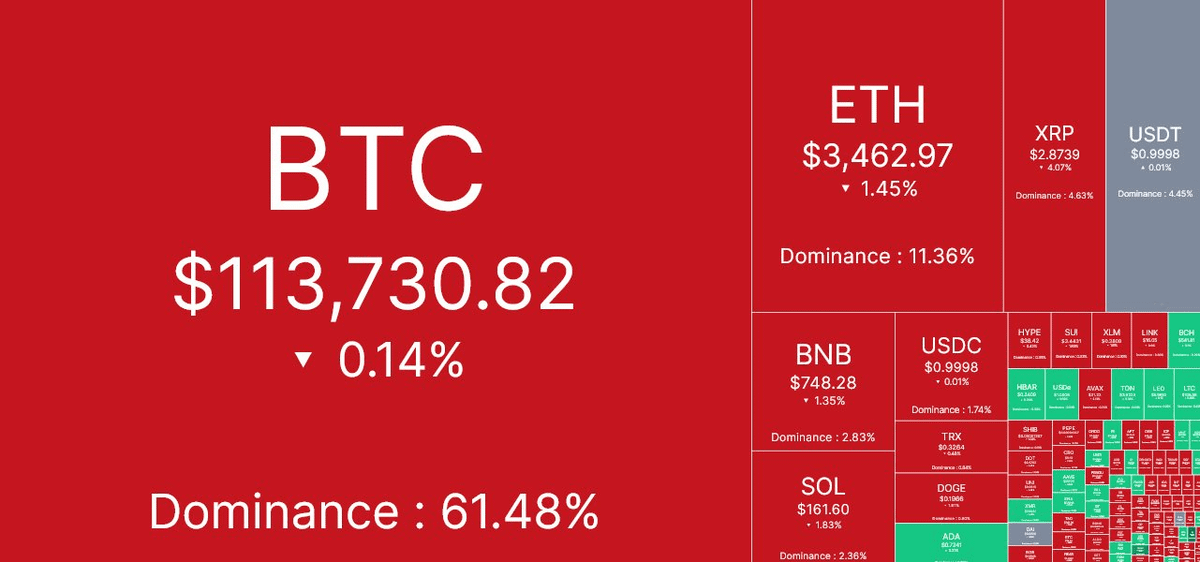
The core trigger point for this correction is the latest moves by U.S. President Trump:
New tariff policy proposal;
Escalation of geopolitical uncertainty;
Macroeconomic data is fraught with contradictions.
First, focus on that exhausting 'new tariff proposal.' Over 66 countries have been listed on the potential tariff increase list—it's the same old routine. Each time feels like a 'replay of an old script', even giving a sense of 'market manipulation'.
However, the U.S. government clearly will not risk an economic recession just for these tariffs.
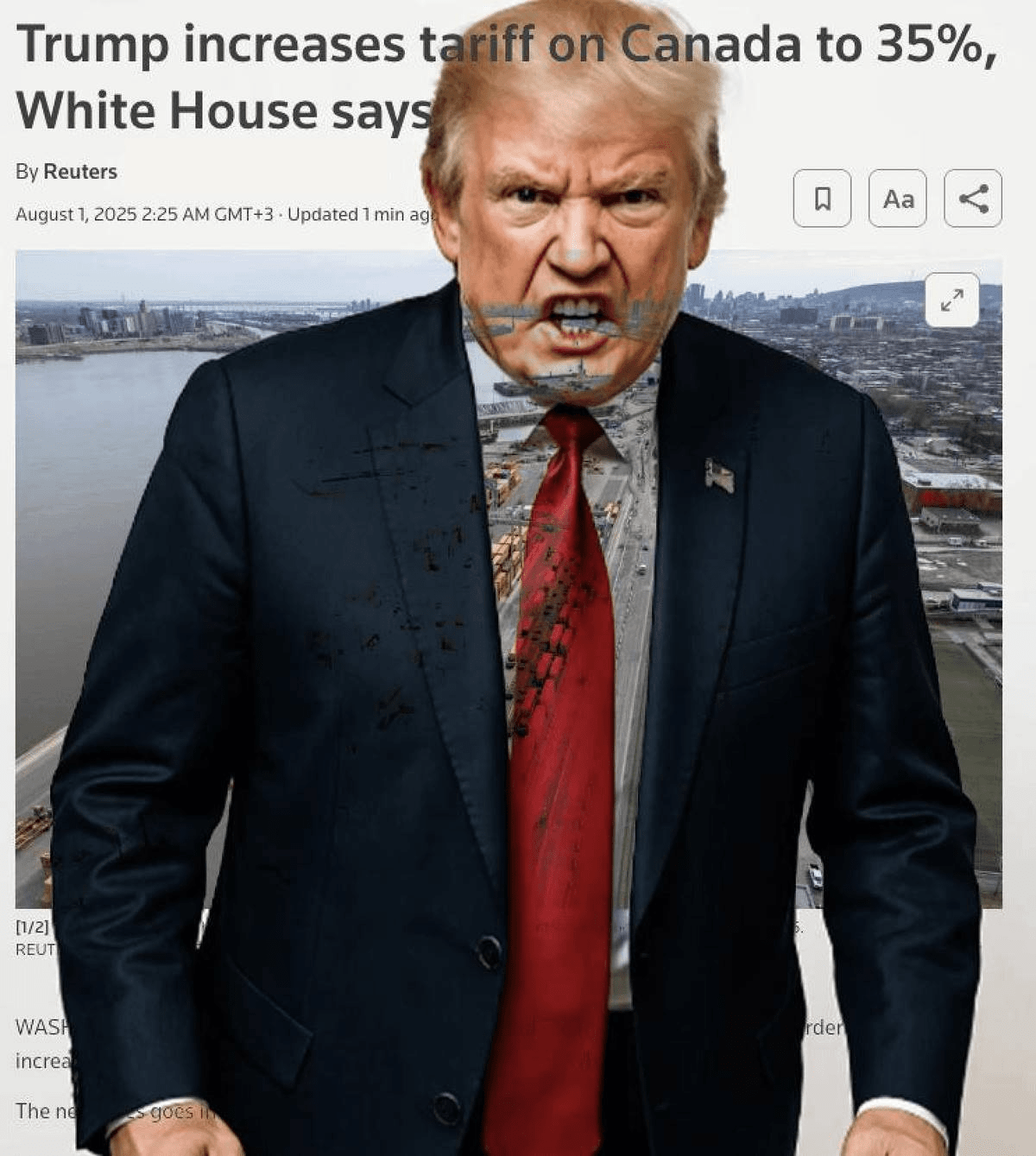
Such market corrections triggered by this operation are not uncommon. Retail investors often view such news as a significant bearish signal, overreacting.
Think back, how many times have similar tariff threats been announced? And how many times has the market set new highs afterward?
Therefore, there is no need to worry excessively about this, as it is already an old story.
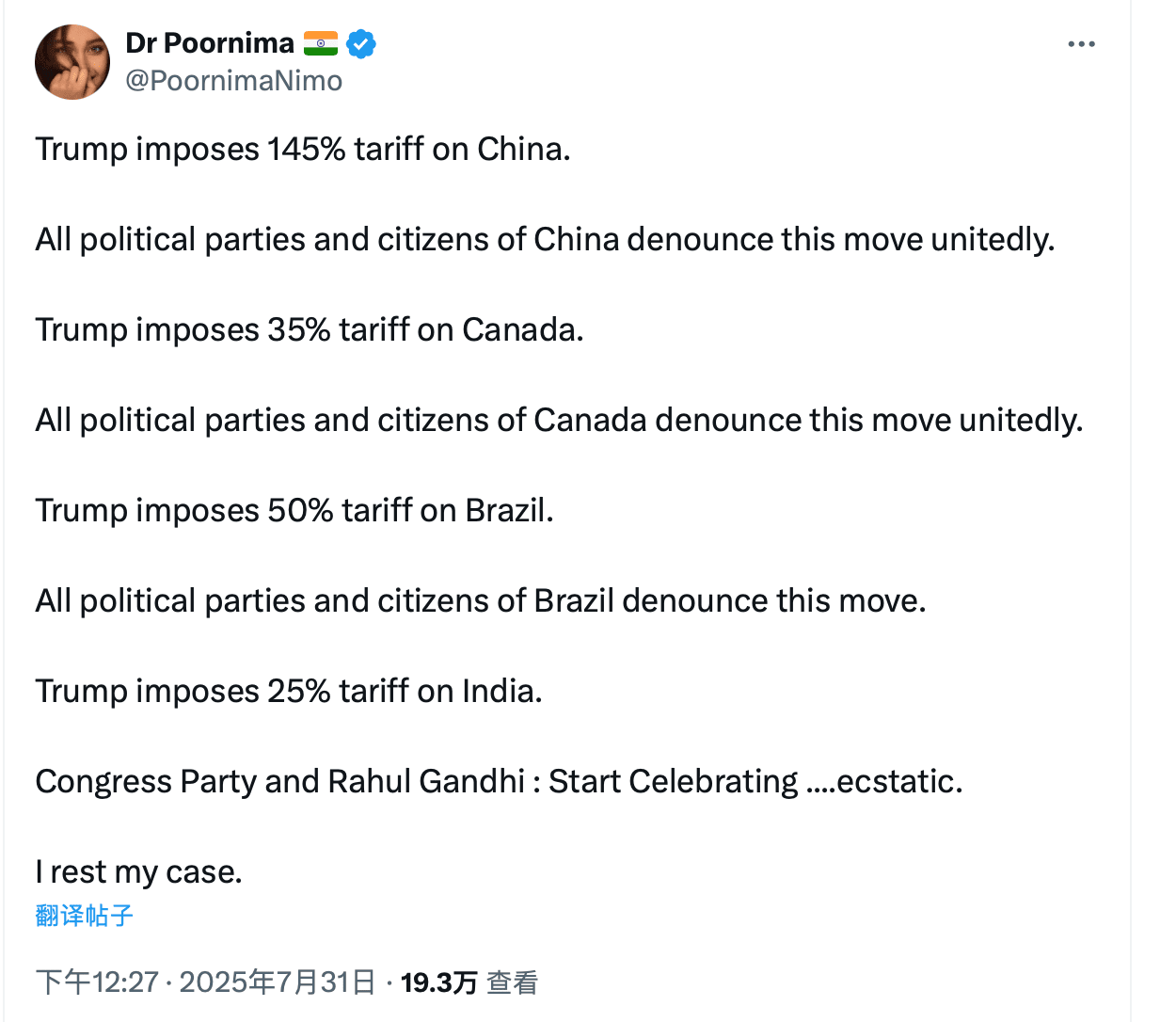
In addition to tariffs, the recent surge in geopolitical risks has also intensified unease. The trigger was: the U.S. announced the deployment of two nuclear submarines near Russia. Is this concerning? Indeed it is.
But calm down and think: does anyone really believe that a nuclear war will break out in 2025? This is more likely a 'pressure tactic' aimed at pushing the negotiation process.
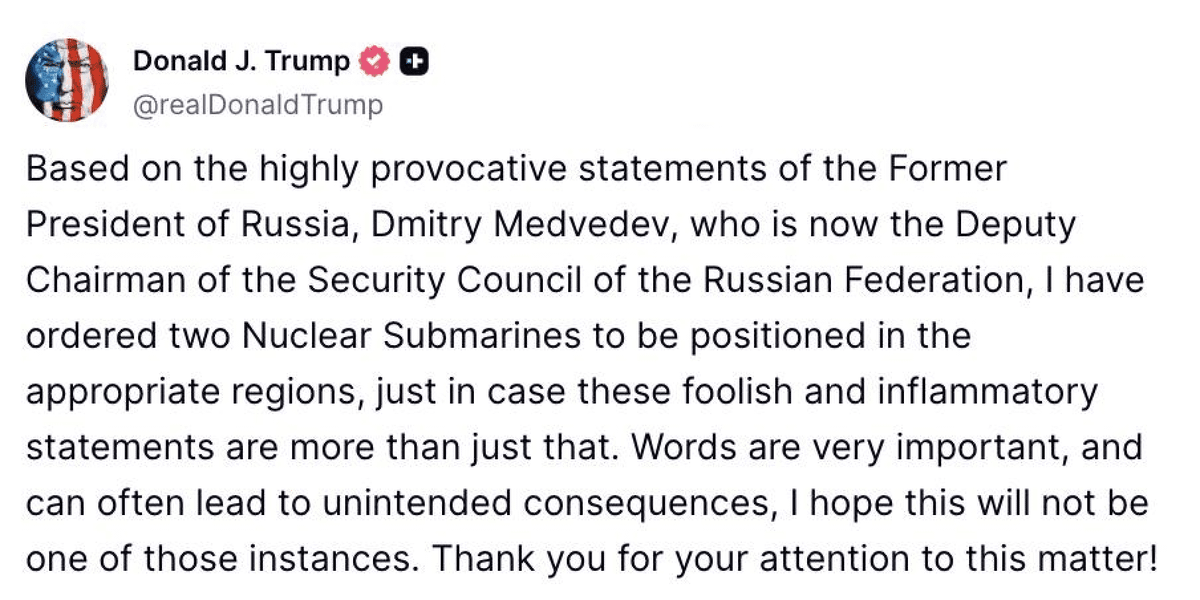
However, what truly gives U.S. economic decision-makers (such as the Federal Reserve) a headache is the chaotic macro data from the labor market.
The market's previous bet on the 'Federal Reserve's policy shift' (interest rate cut) has fallen through.
More critically, the non-farm employment data (NFP) for May and June has been significantly revised downward by nearly 10 times, severely shaking the market's confidence in the reliability of overall macro data.

Ultimately, multiple factors form a powerful 'combination punch':
Interest rates remain high;
Signs of economic cooling are increasingly apparent.
These factors combined have led to a significant decline in institutional investor demand this week. Bitcoin spot ETFs have also recorded a net outflow for the first time.
So, how do I judge the future market?
My current view is based on the understanding that macro pressures continue to accumulate. Currently, there is no major economy that can generate sufficient credit growth to support sustained GDP expansion.
The key support levels I set are: Bitcoin at $110,000 and Ethereum at $3,200.
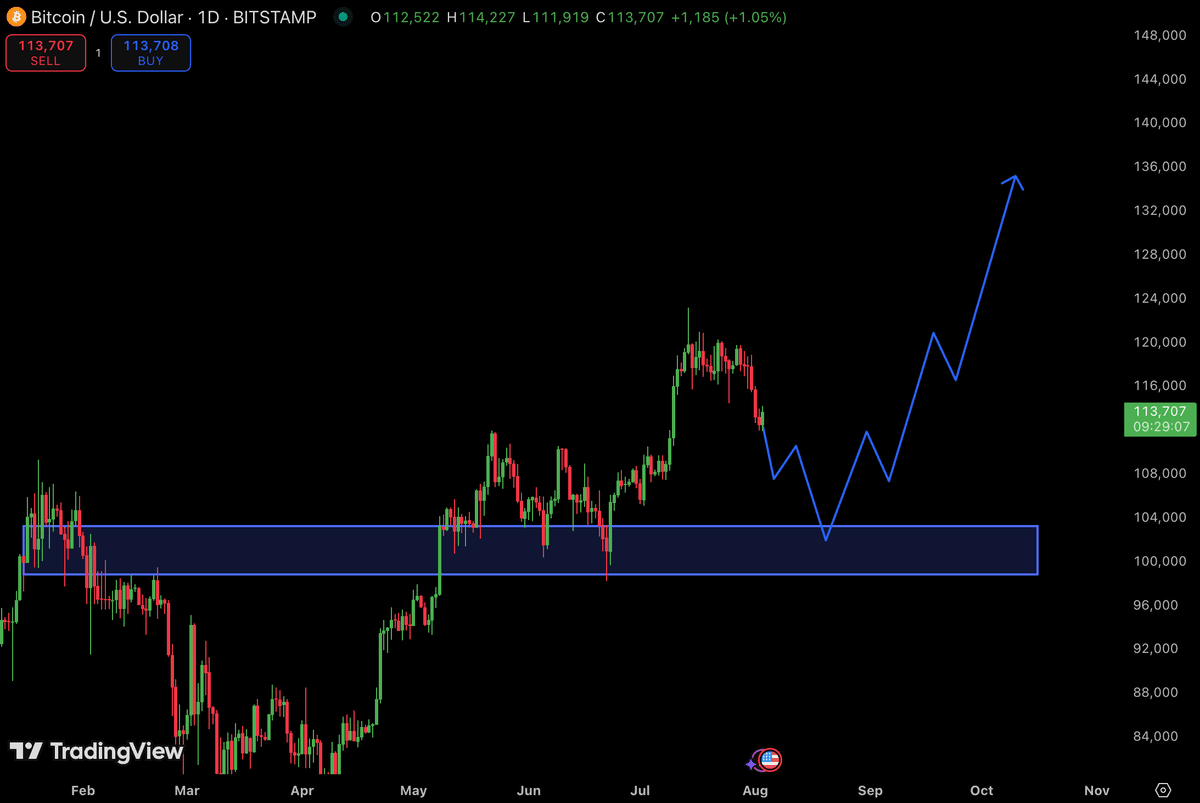
It is expected that by September, the Federal Reserve will have no choice but to cut interest rates to re-stimulate the market:
Inflation data has significantly retreated;
The job market is under pressure;
Powell seems intent on delaying interest rate cut decisions.
As the time point approaches, the market is expected to open an upward trend again.
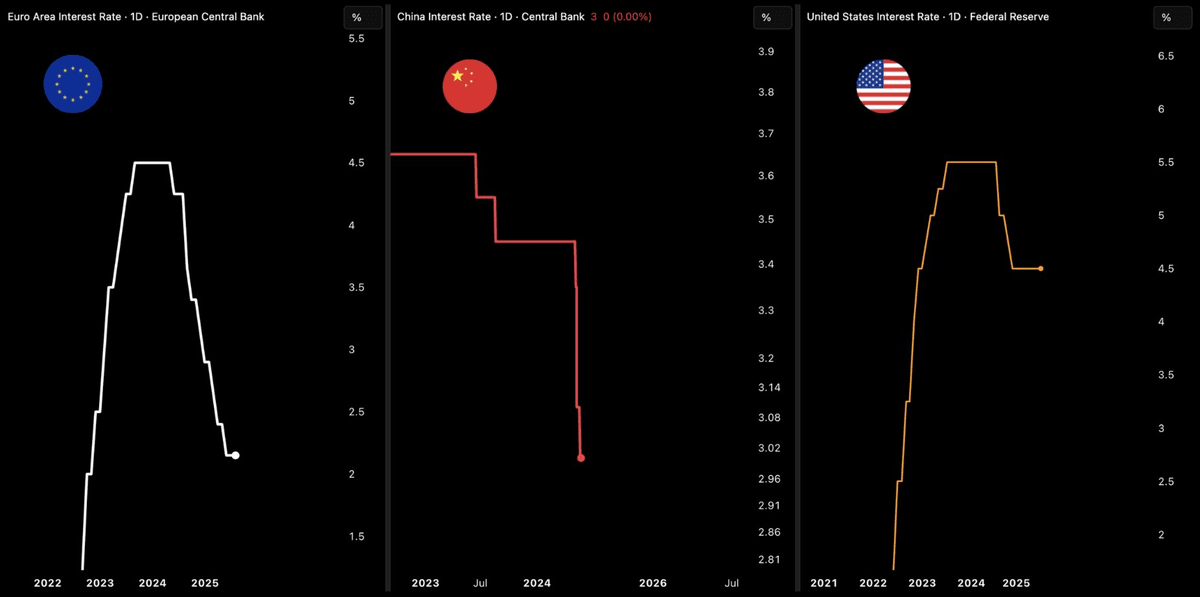
Historical patterns show that after every similar FUD (fear, uncertainty, doubt), the market tends to experience a strong rebound.
Referring to the correlation chart between M2 money supply and Bitcoin prices, the conclusion is clear: market trends follow liquidity, while the overall global liquidity environment remains accommodative.
Therefore, the current volatility is essentially still a global market game layered with FUD.
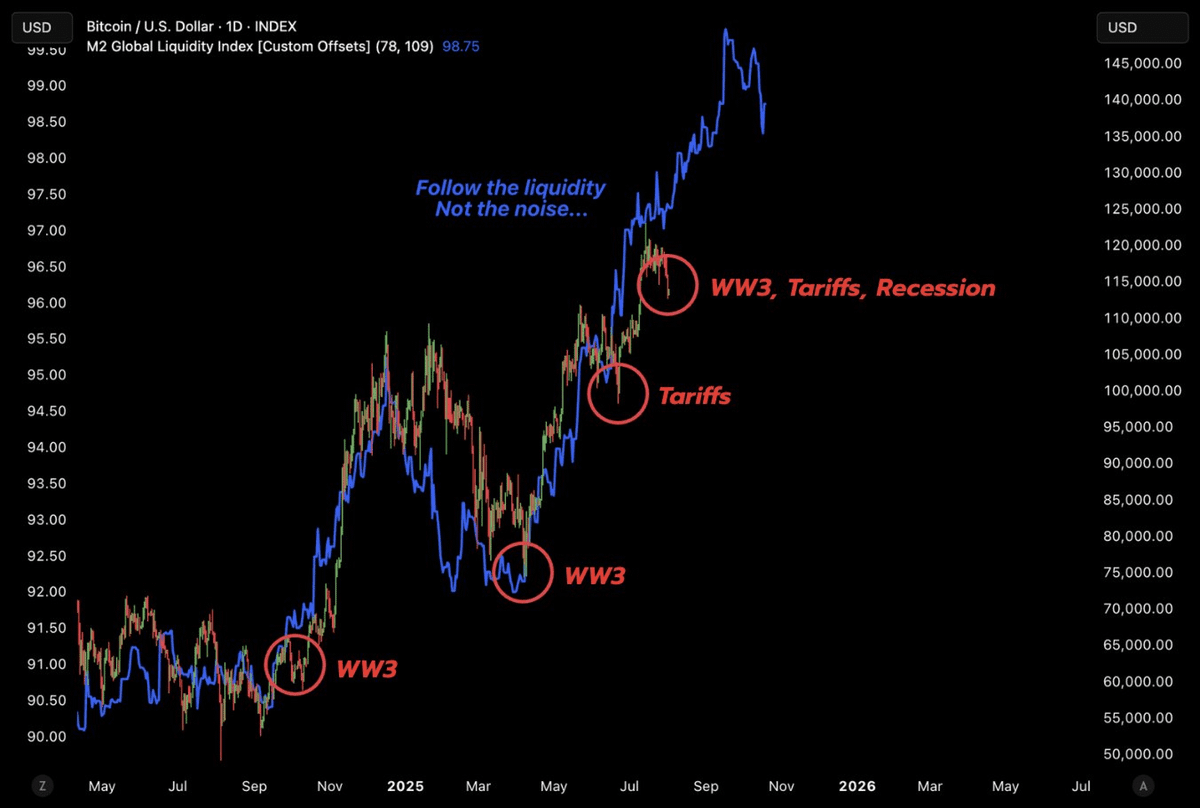
Looking ahead to the fall, as the interest rate cut cycle begins, I expect major funds to return in large quantities, thus initiating a real 'altcoin season'.
At that time, it will be a key window period for actively locking in profits.
This is precisely the direction of my current layout.
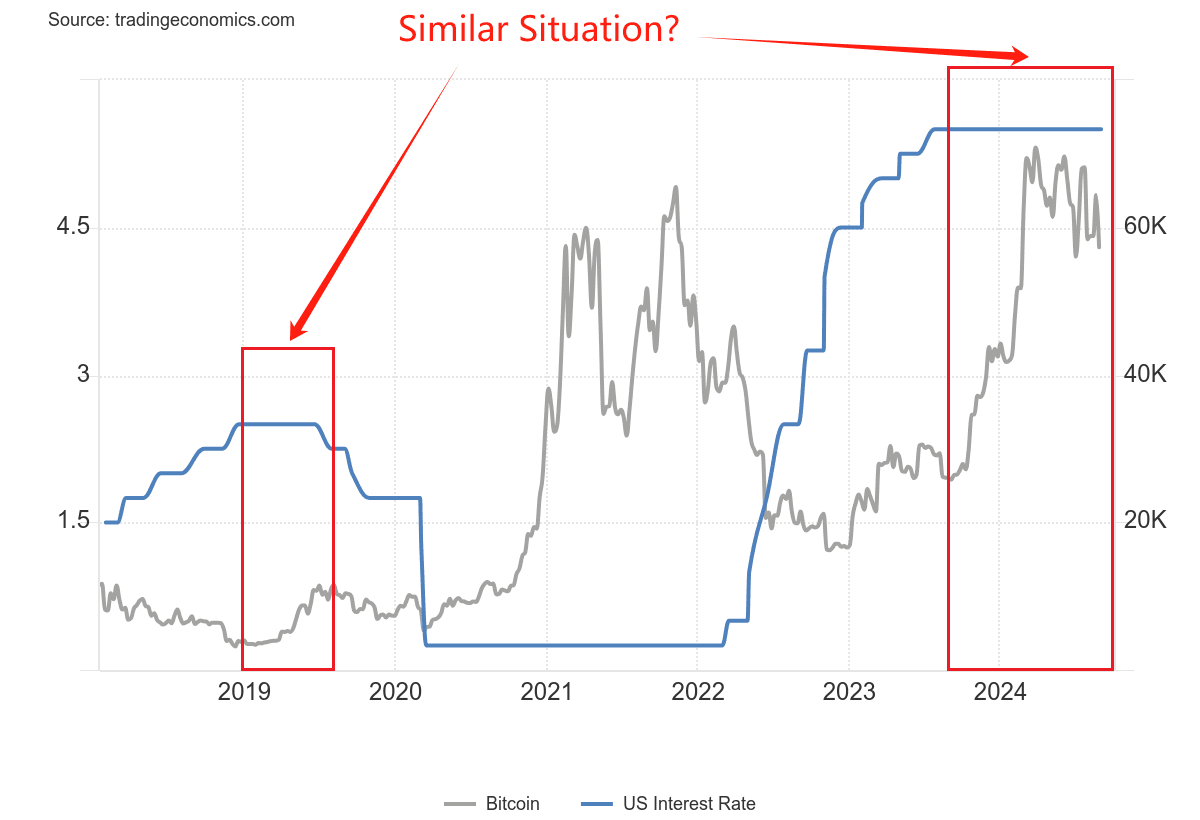
In this adjustment, I am focused on continuously accumulating three types of assets: BTC, SOL, and ETH.
I am particularly optimistic about the technical potential and fundamentals of ETH, and I have also noticed the growing interest from institutions. On August 3, a wallet associated with Shraplink increased its holdings of ETH by $36 million, which serves as evidence.
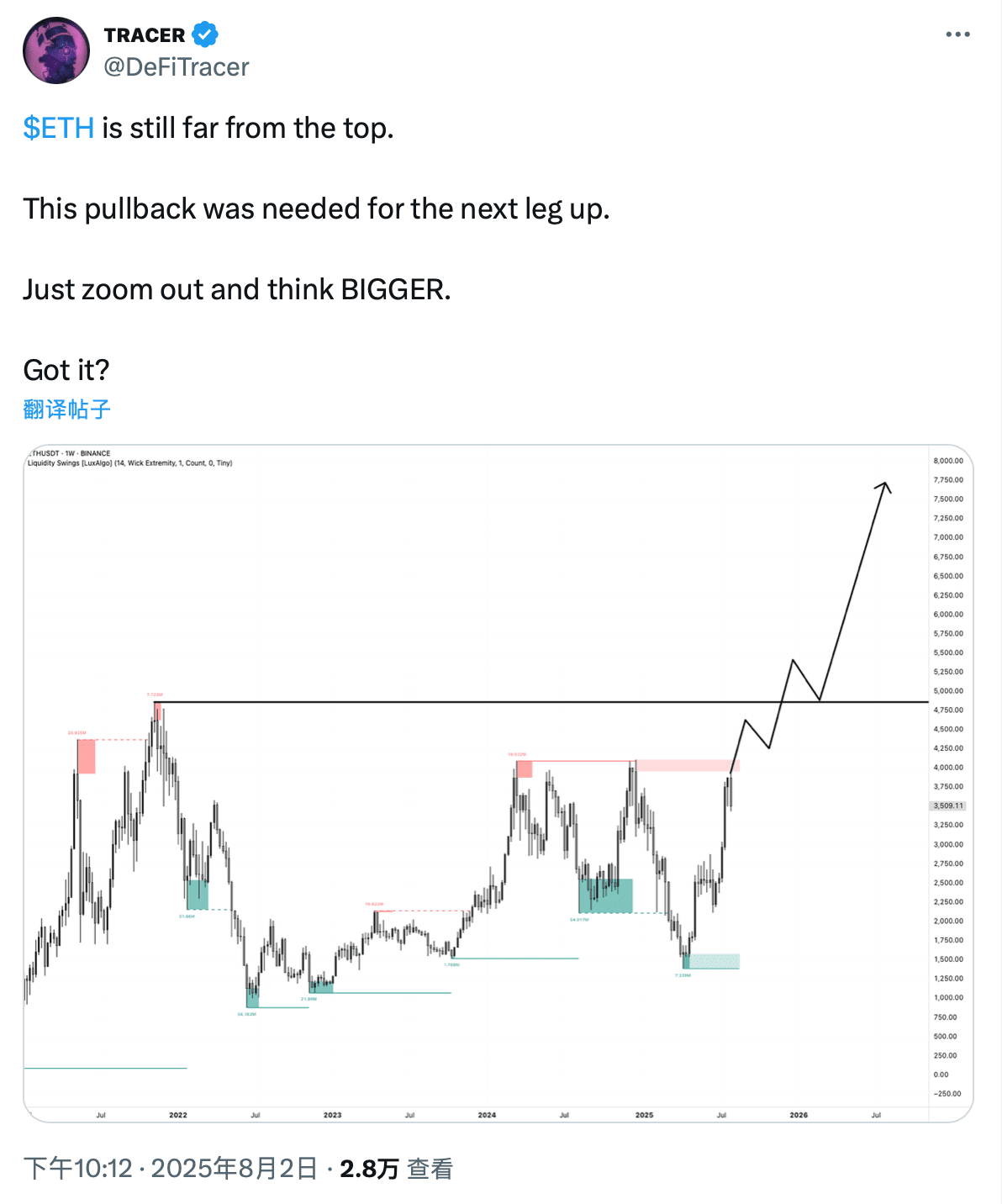
In summary, the strategy is clear: treat the current volatility as an opportunity to accumulate positions.
The market structure is evolving, and such a low buying window may not last long. This moment is an excellent opportunity to build positions step by step and reserve chips, waiting for the market from October to December.

